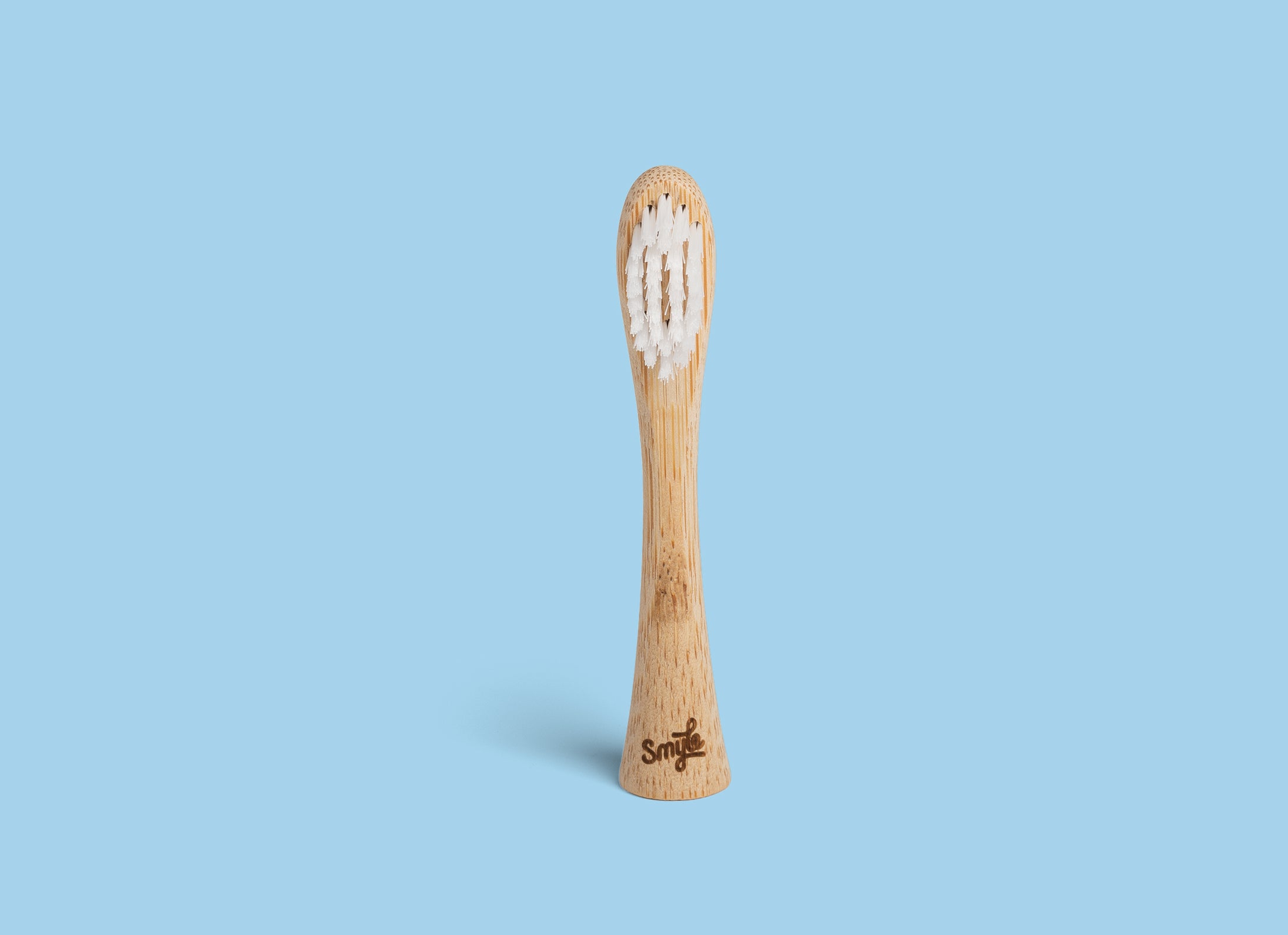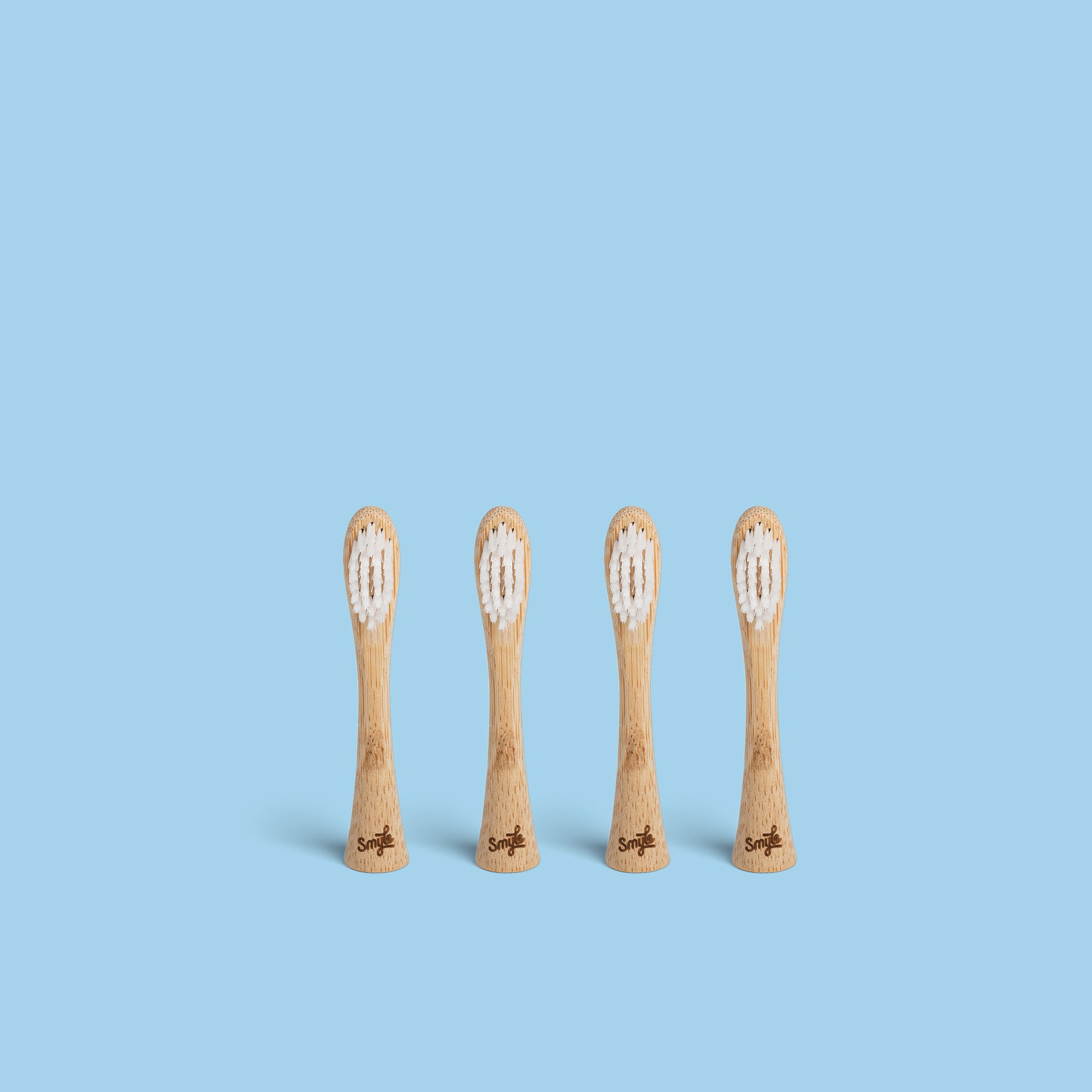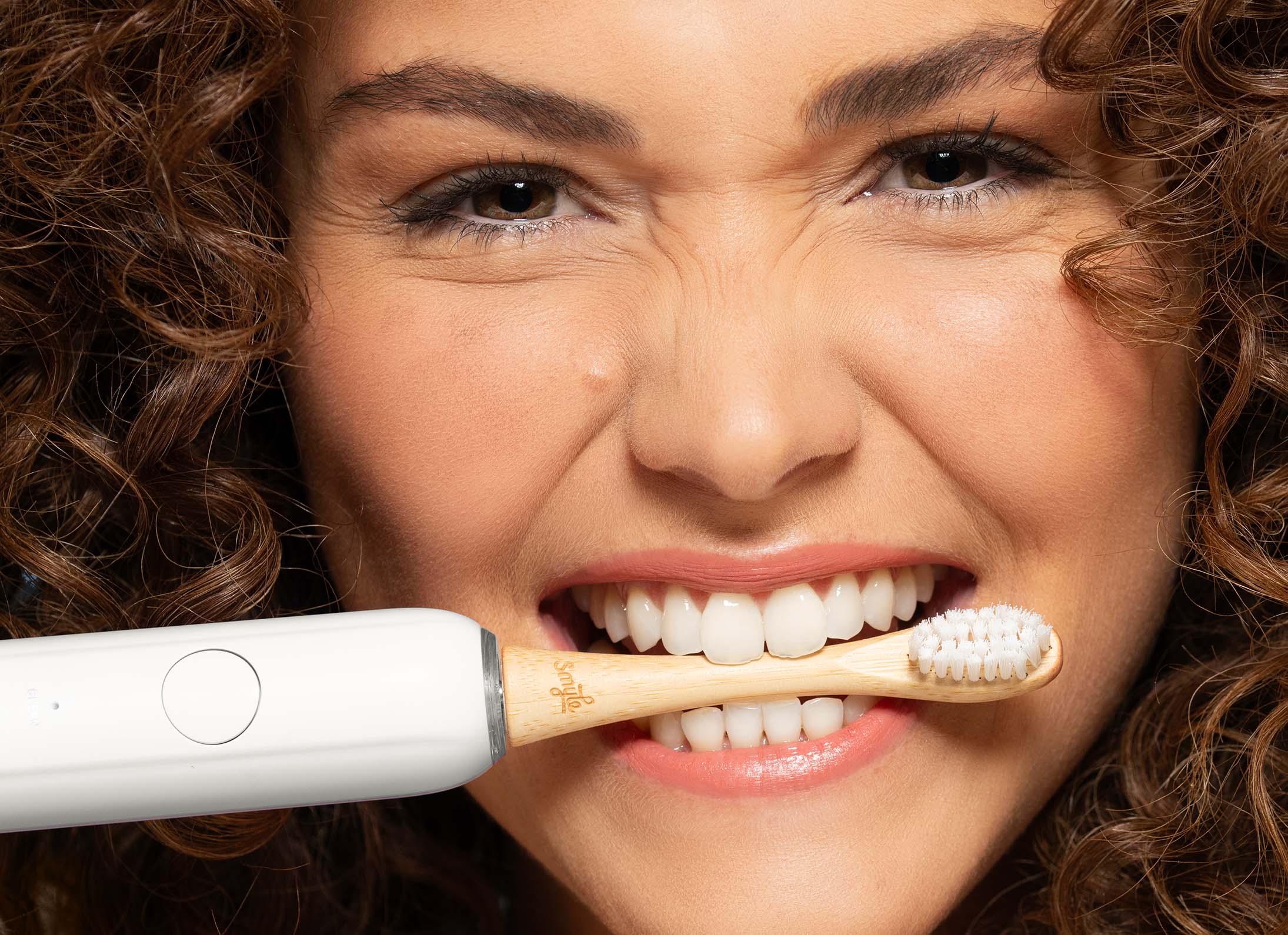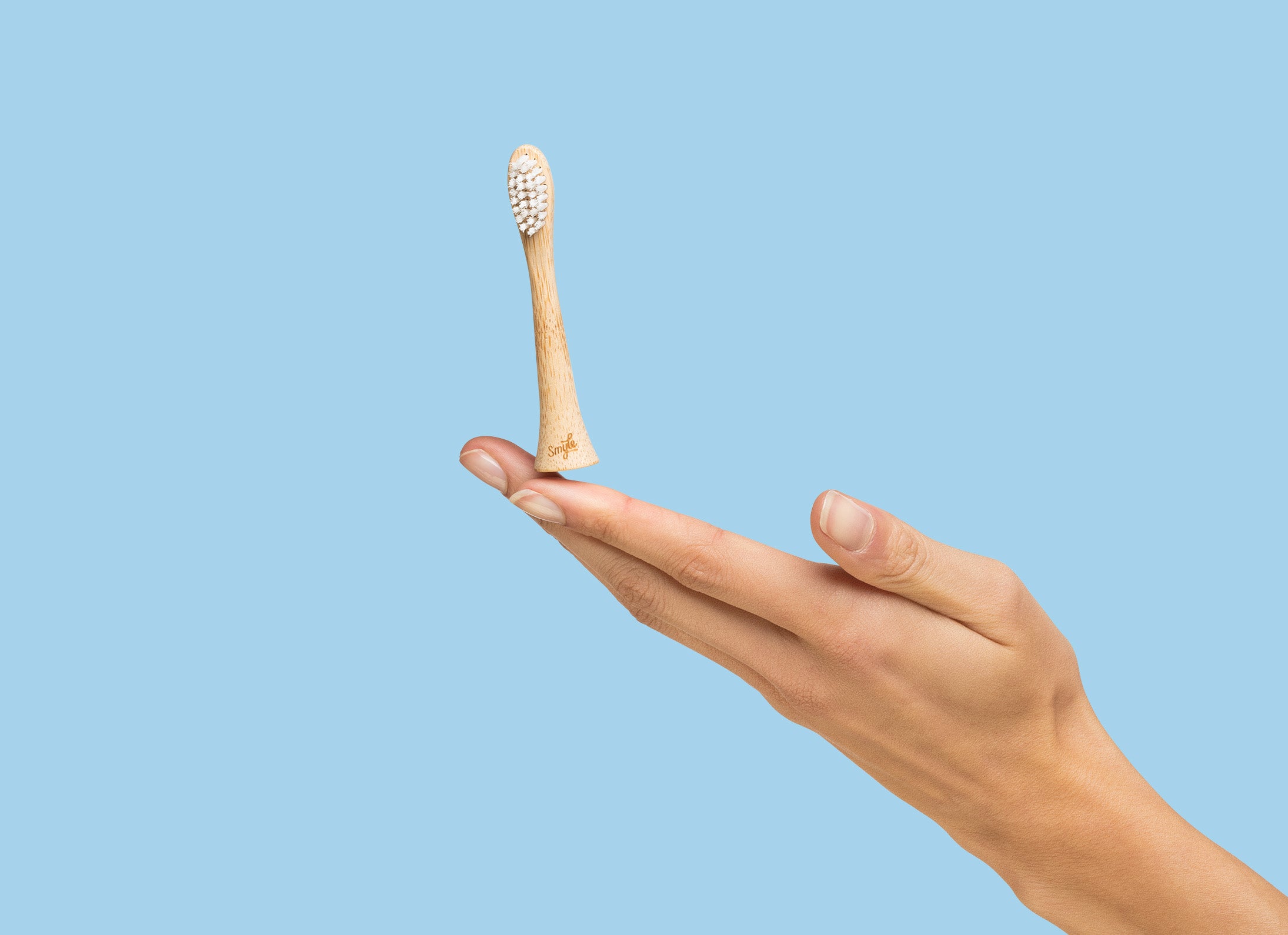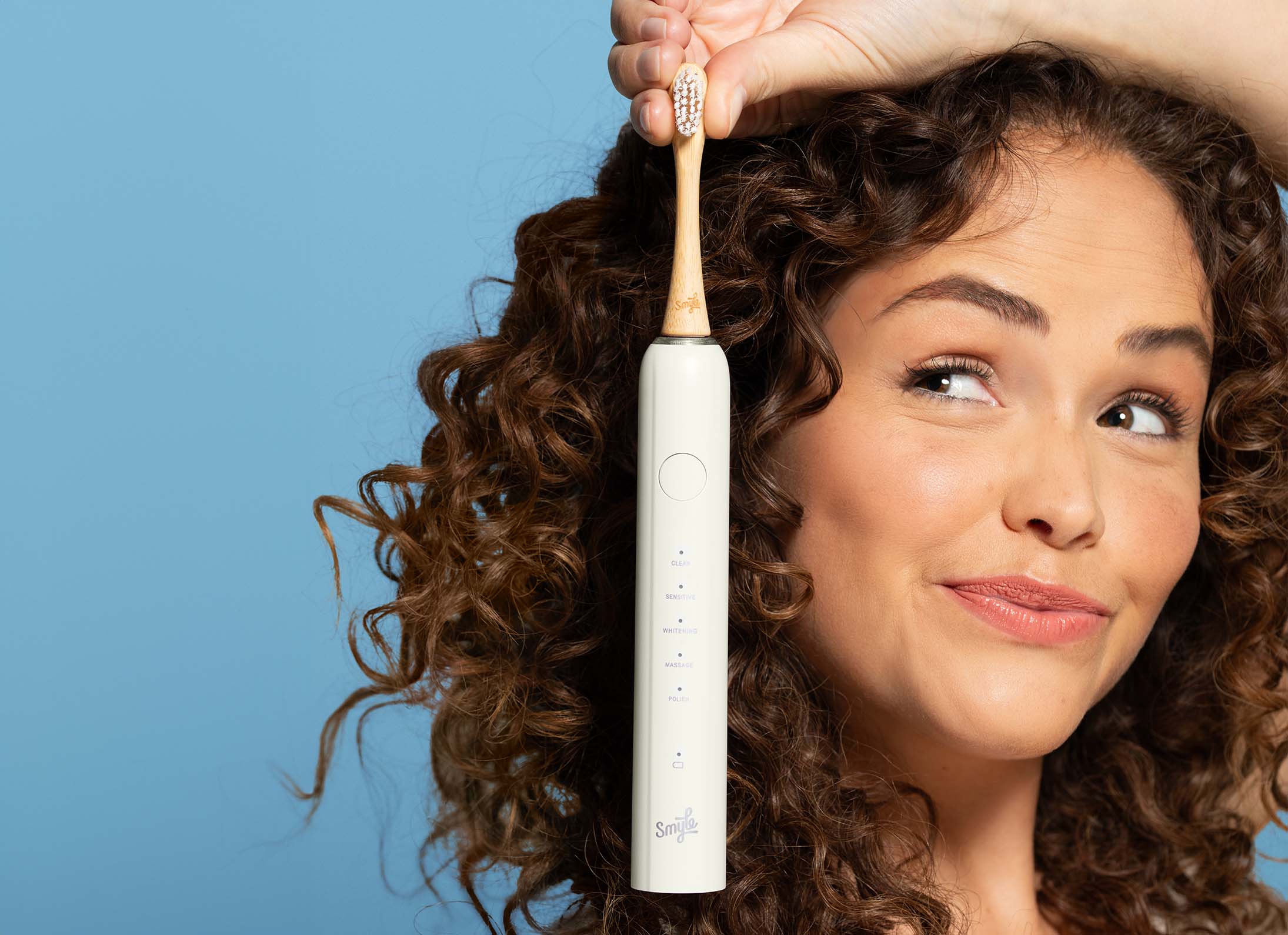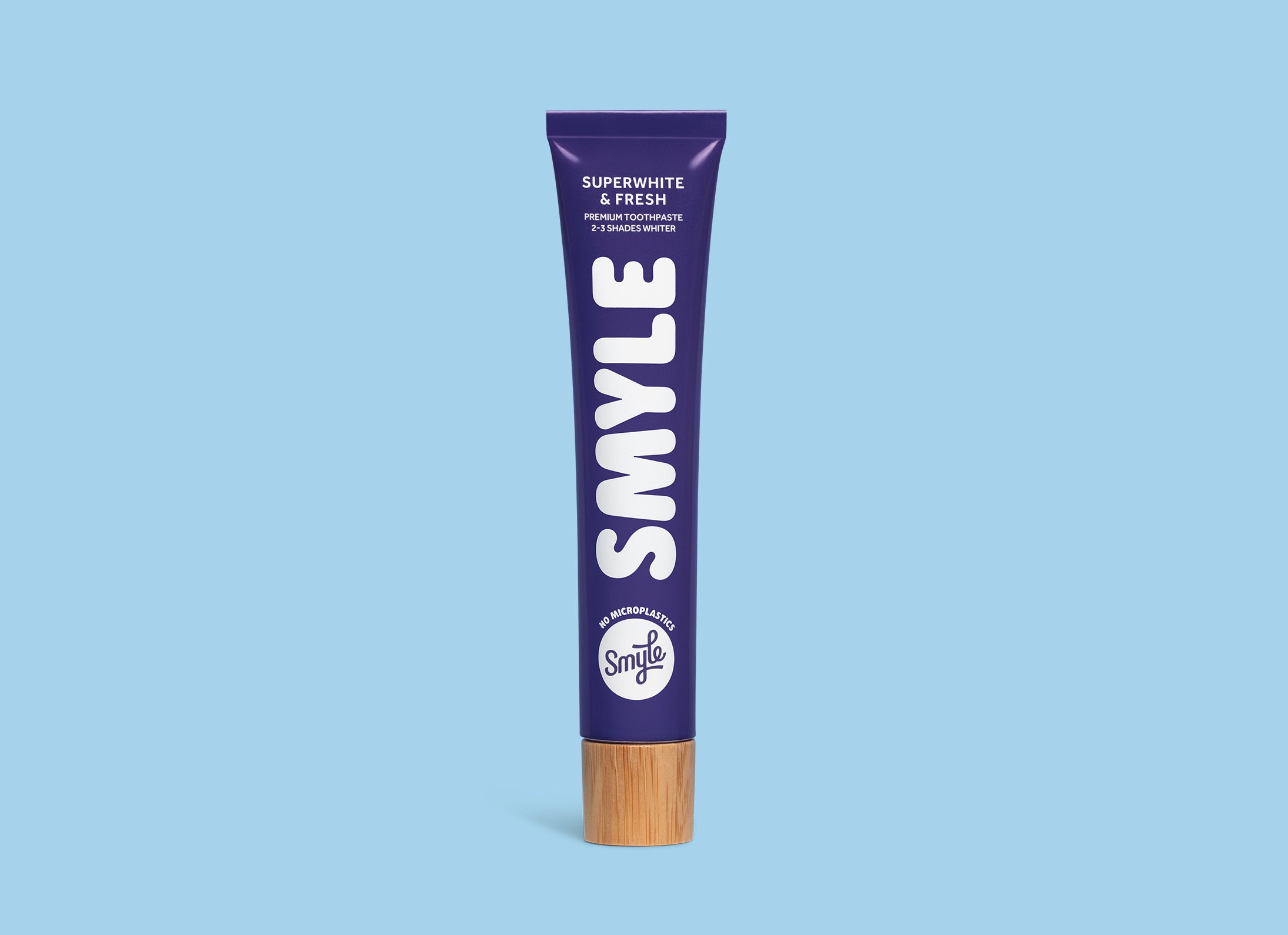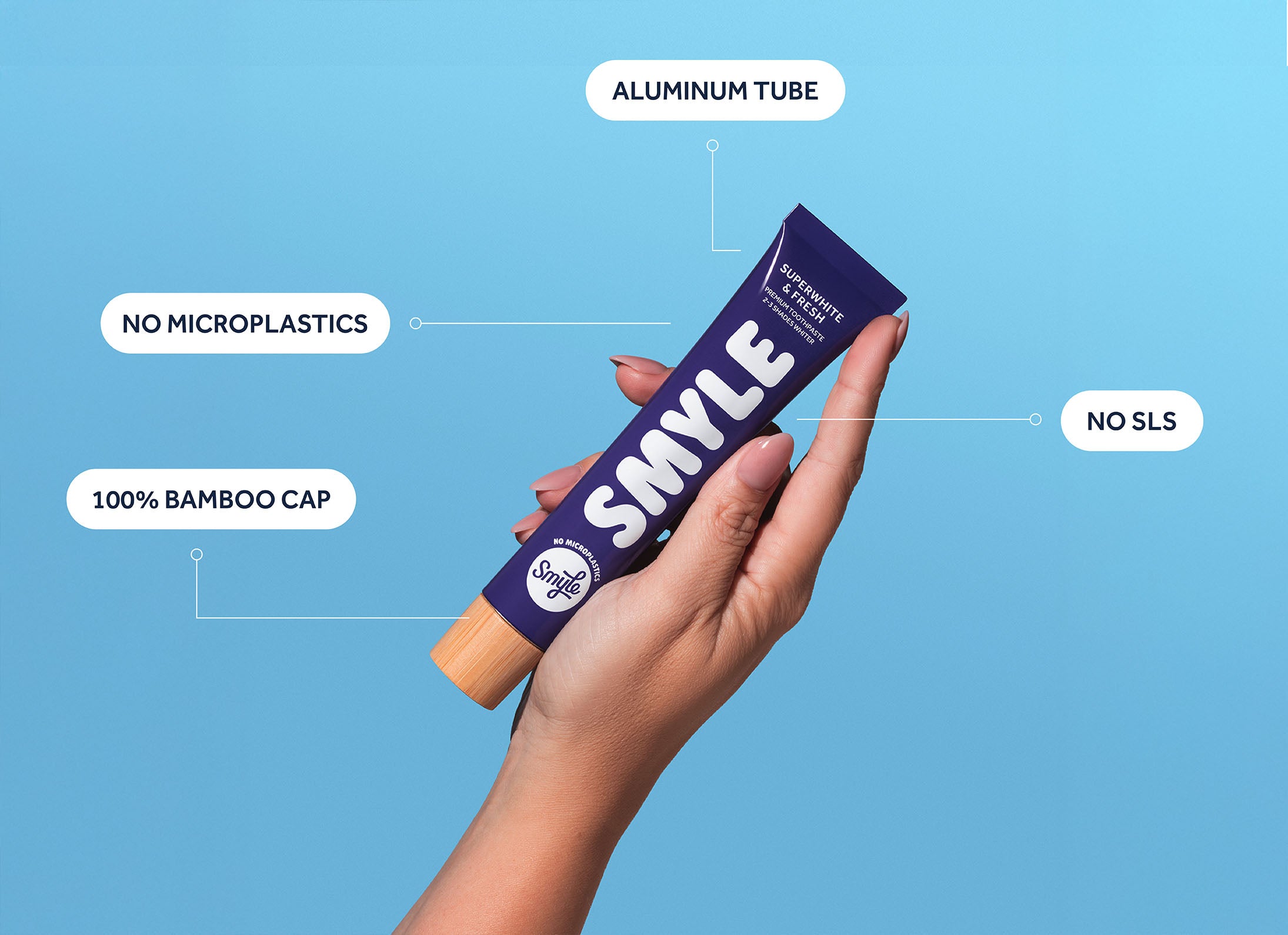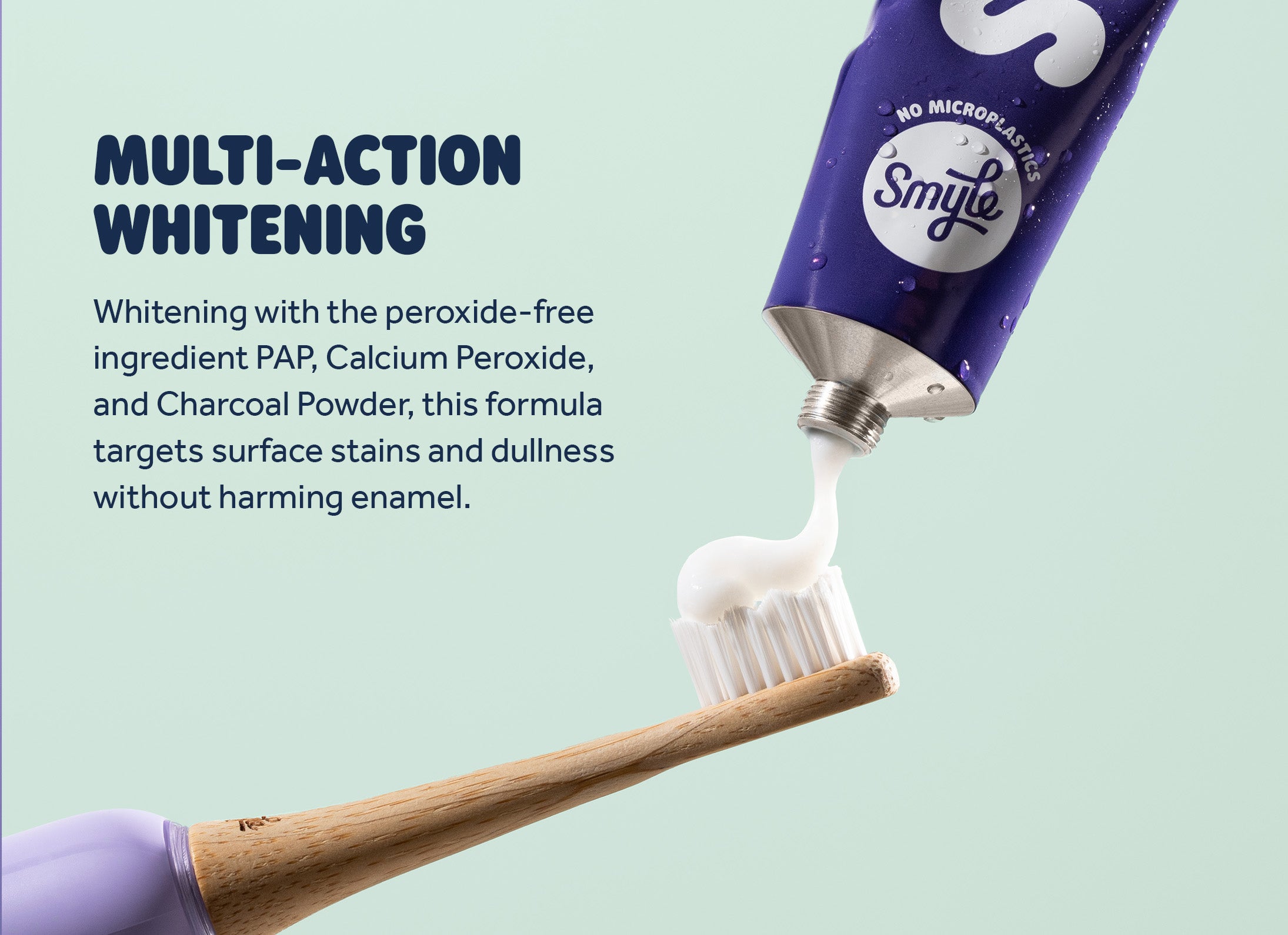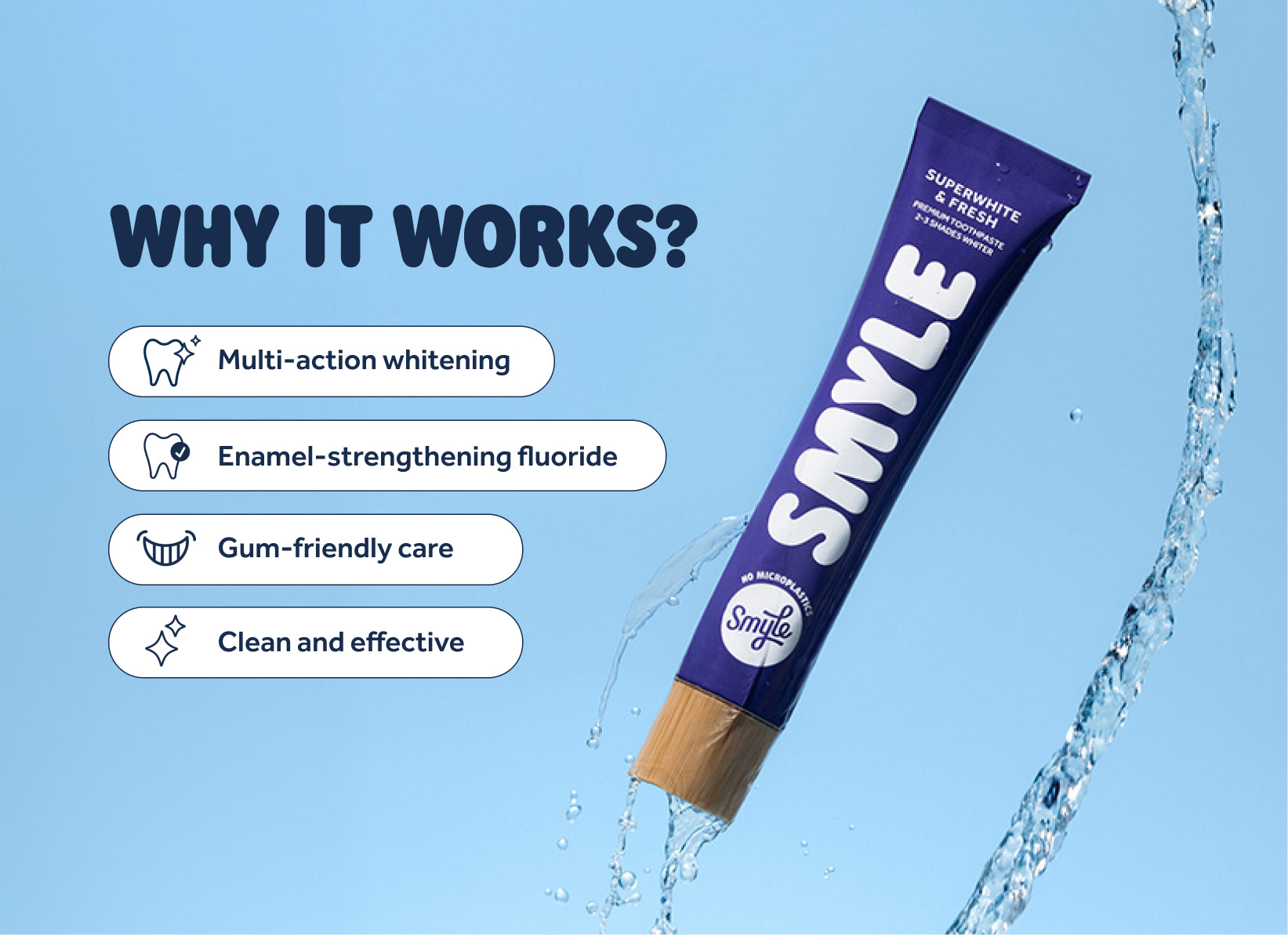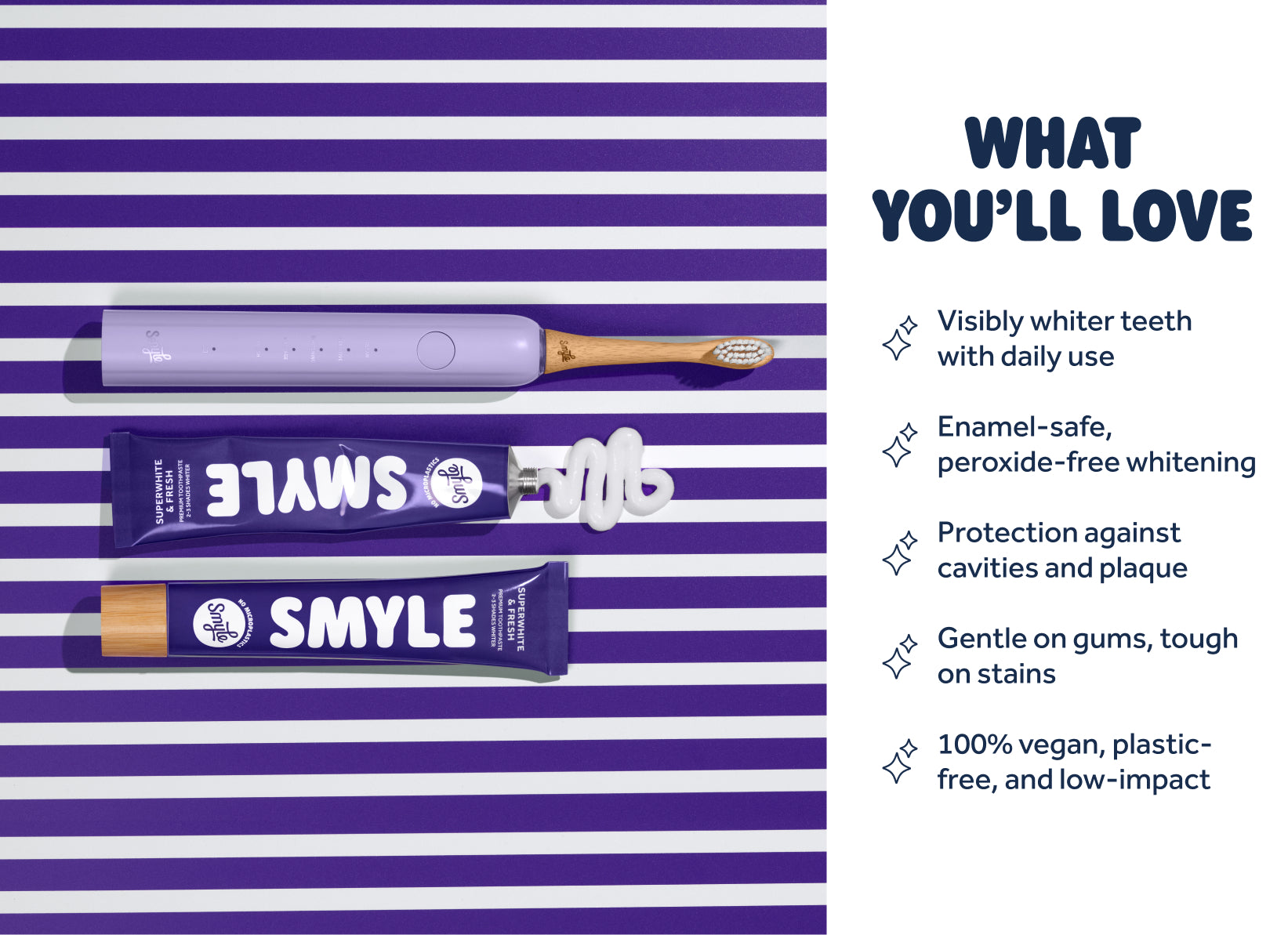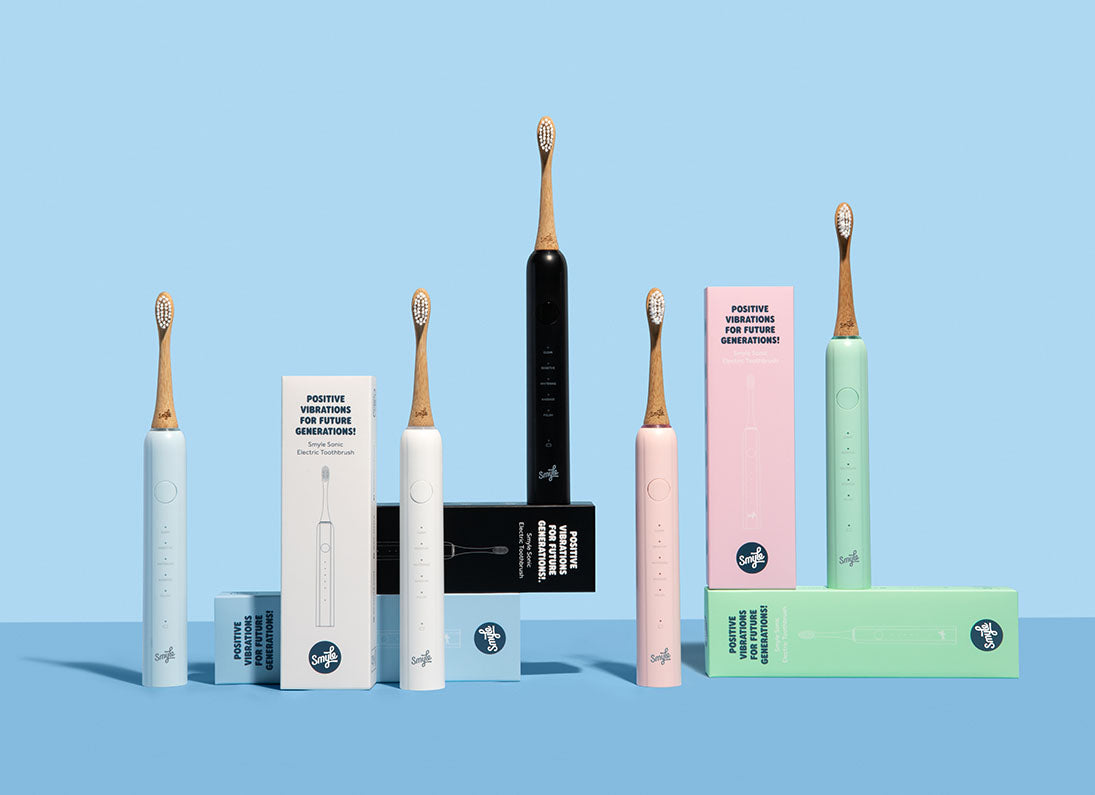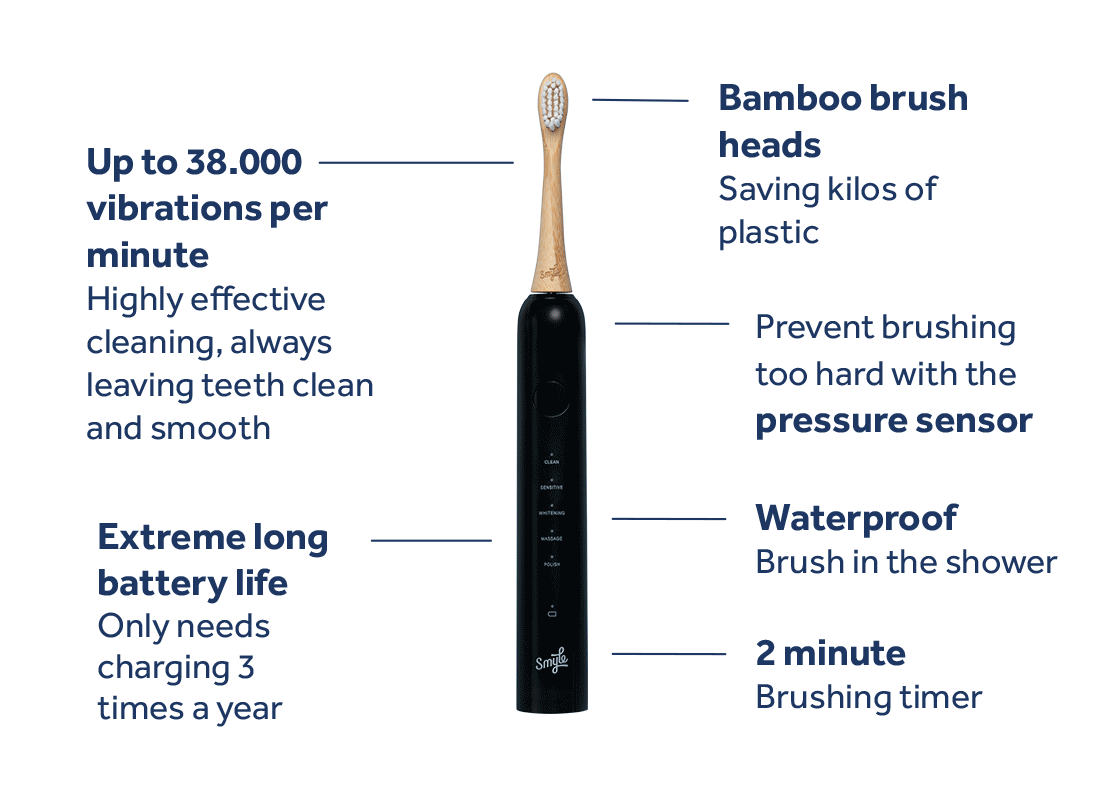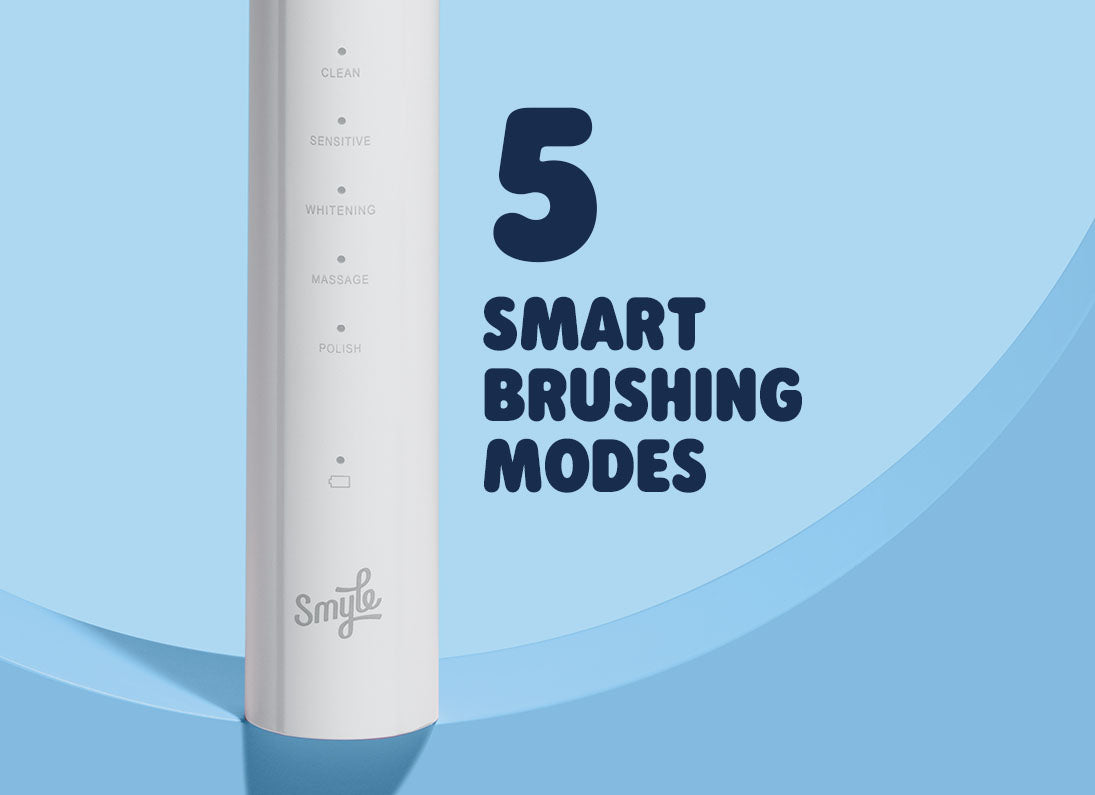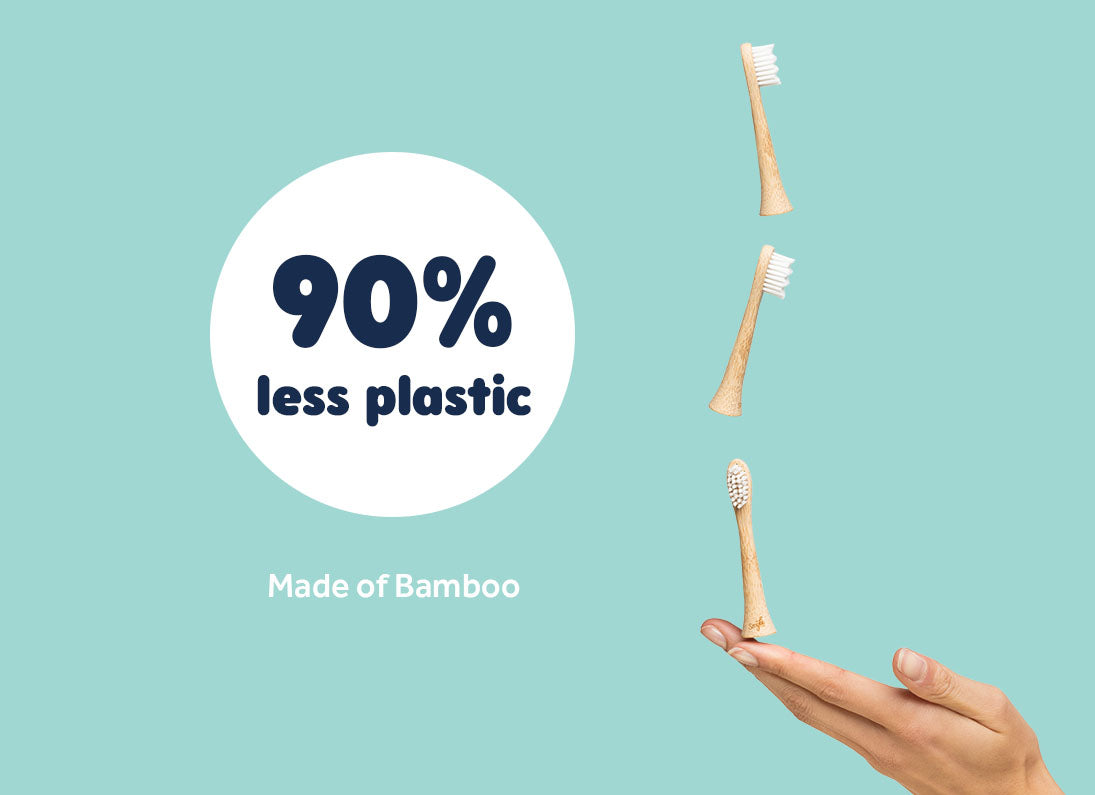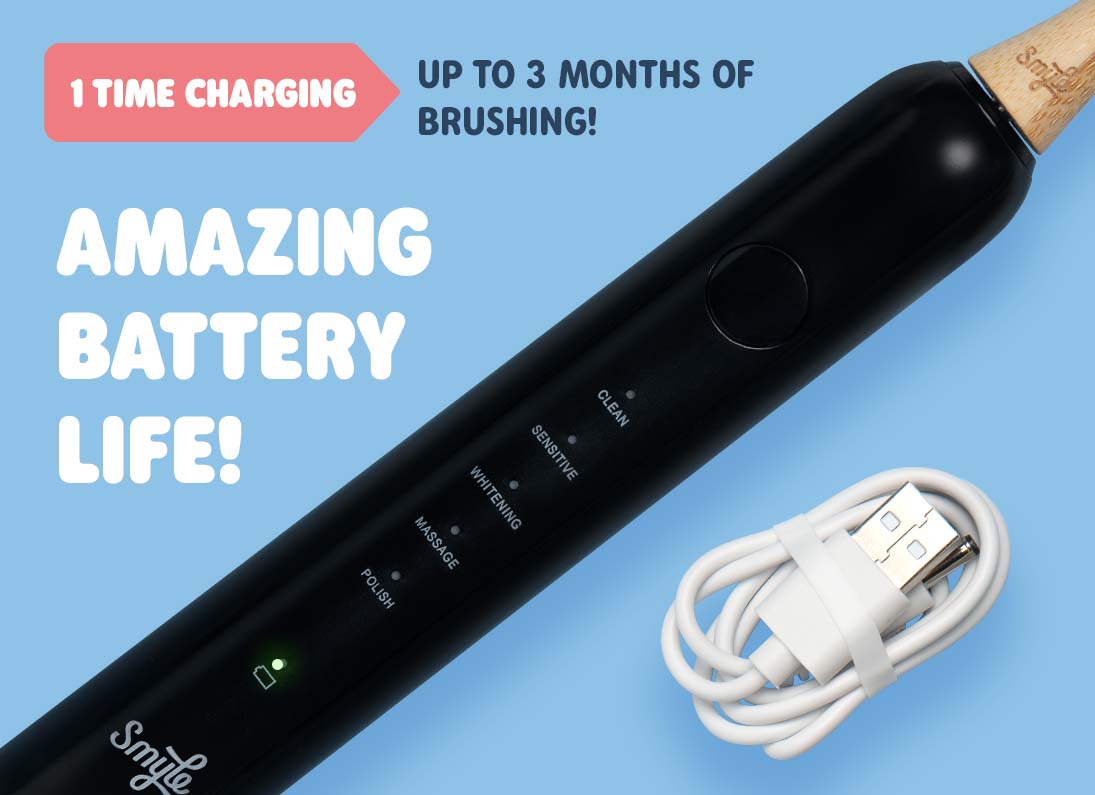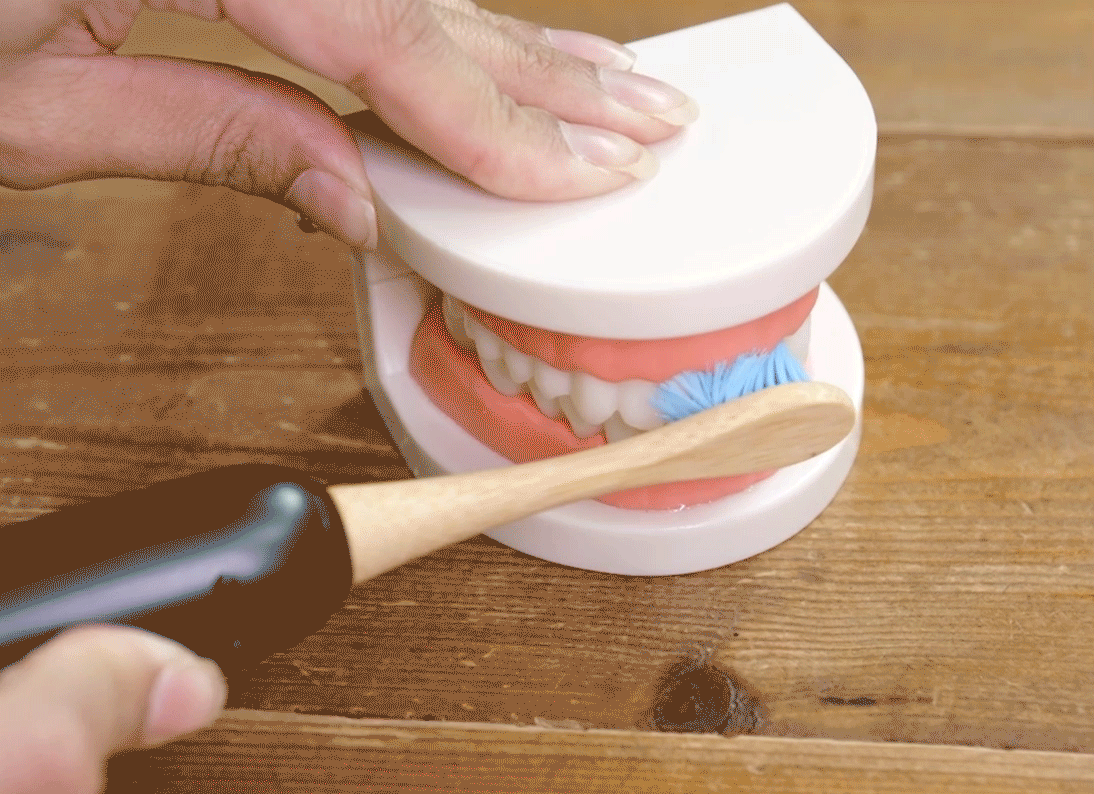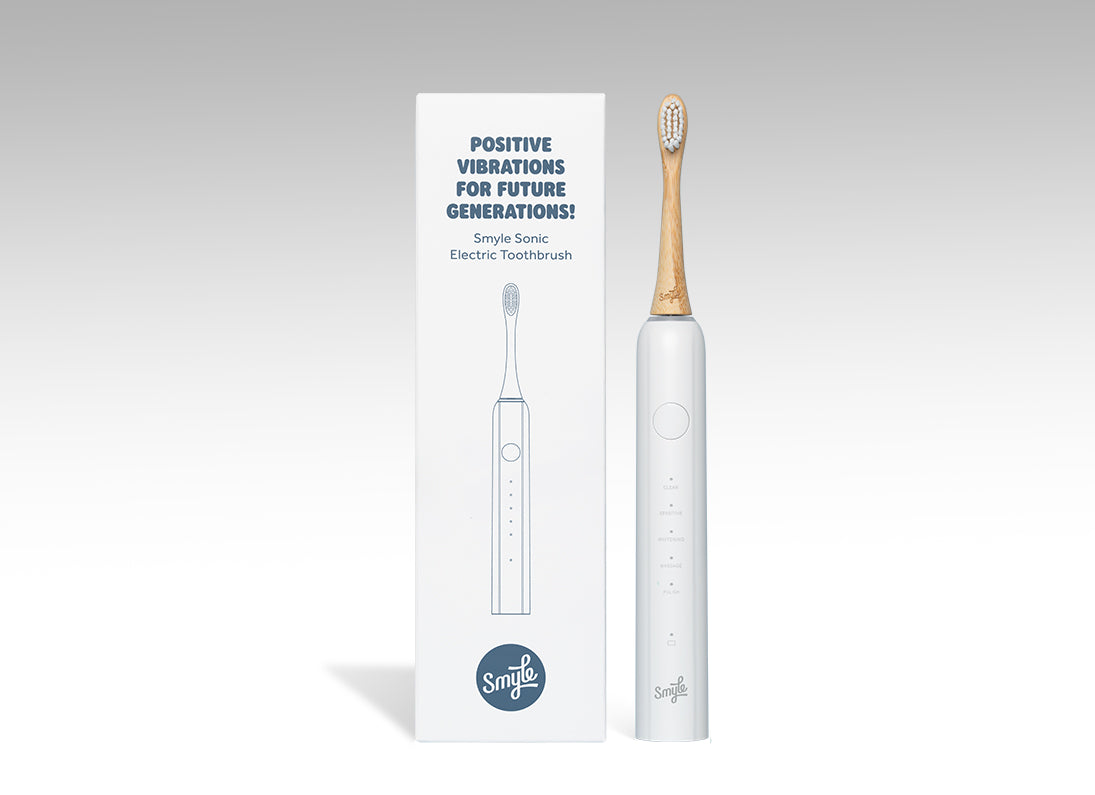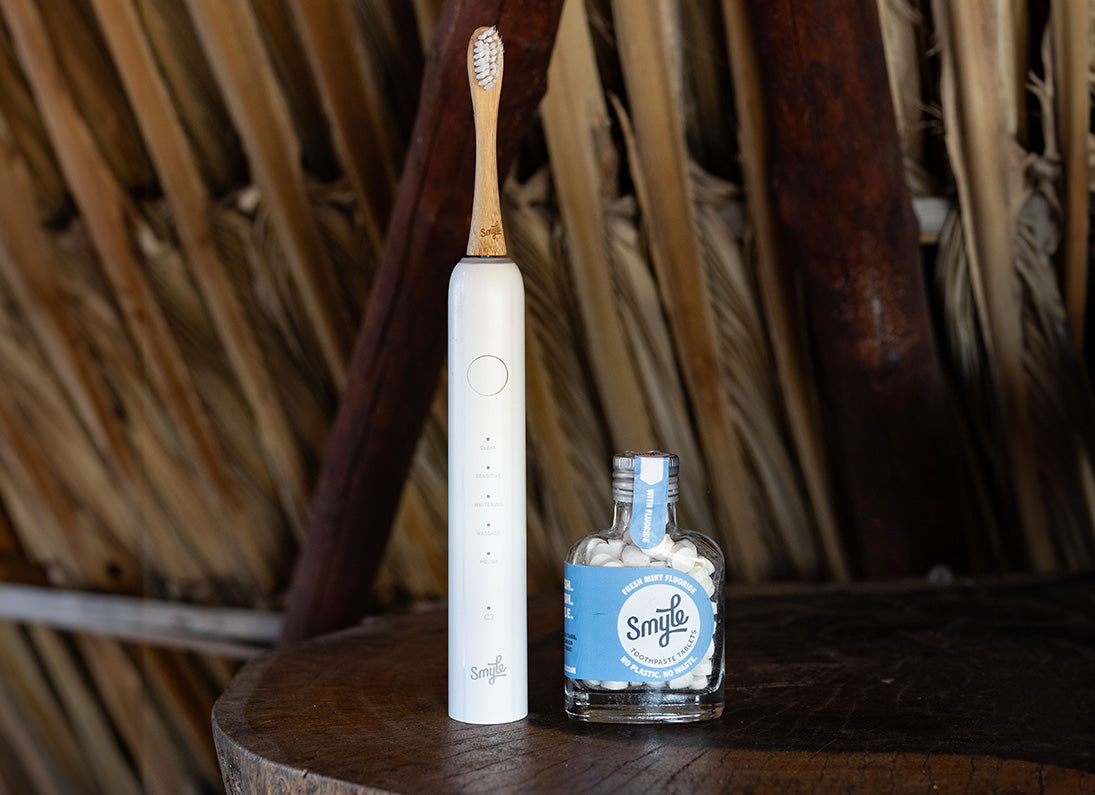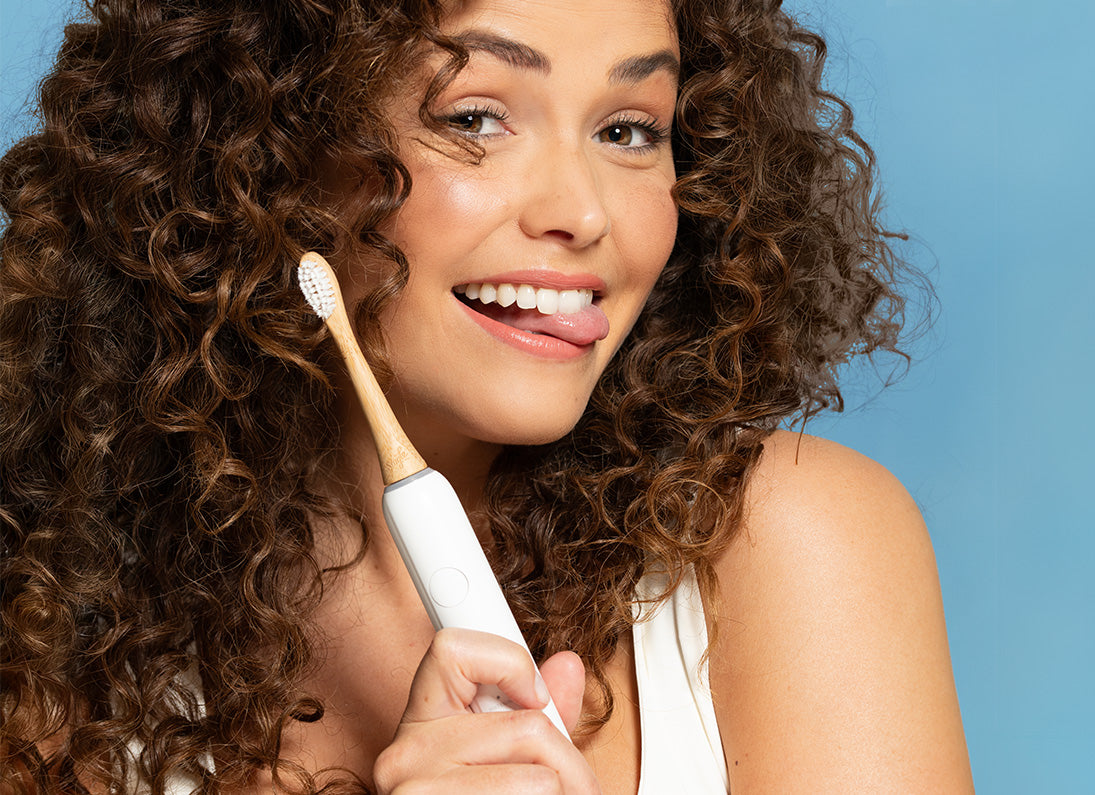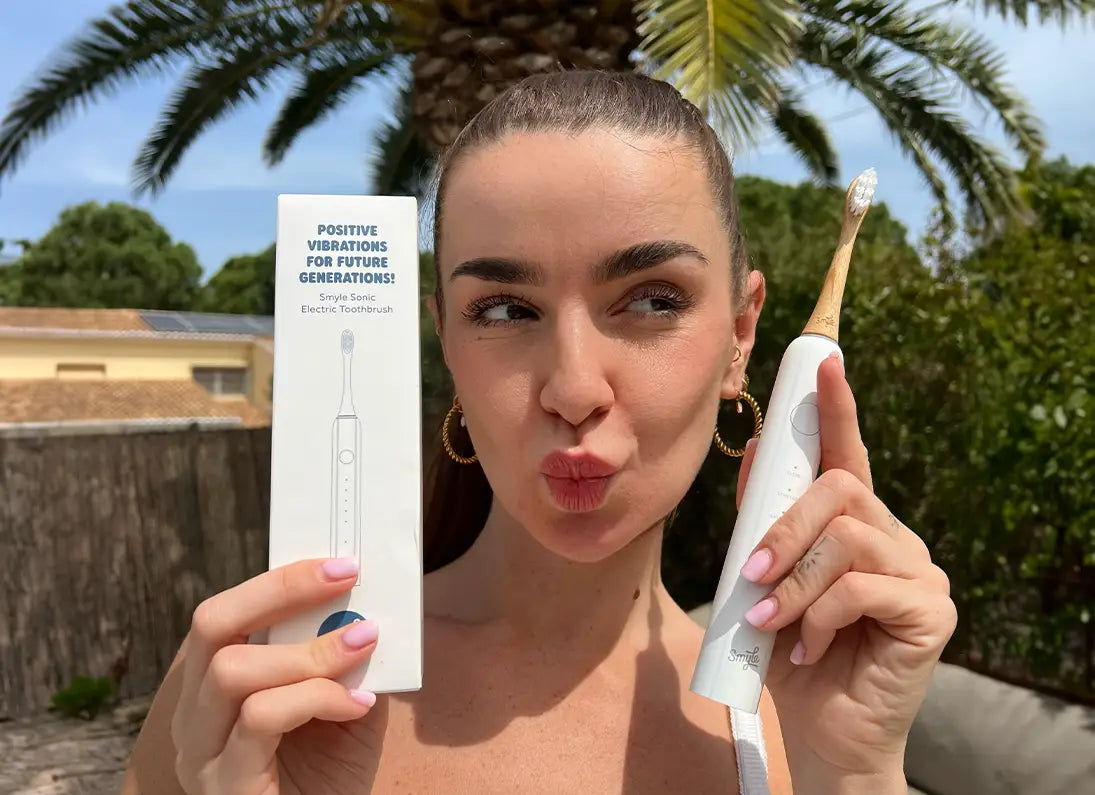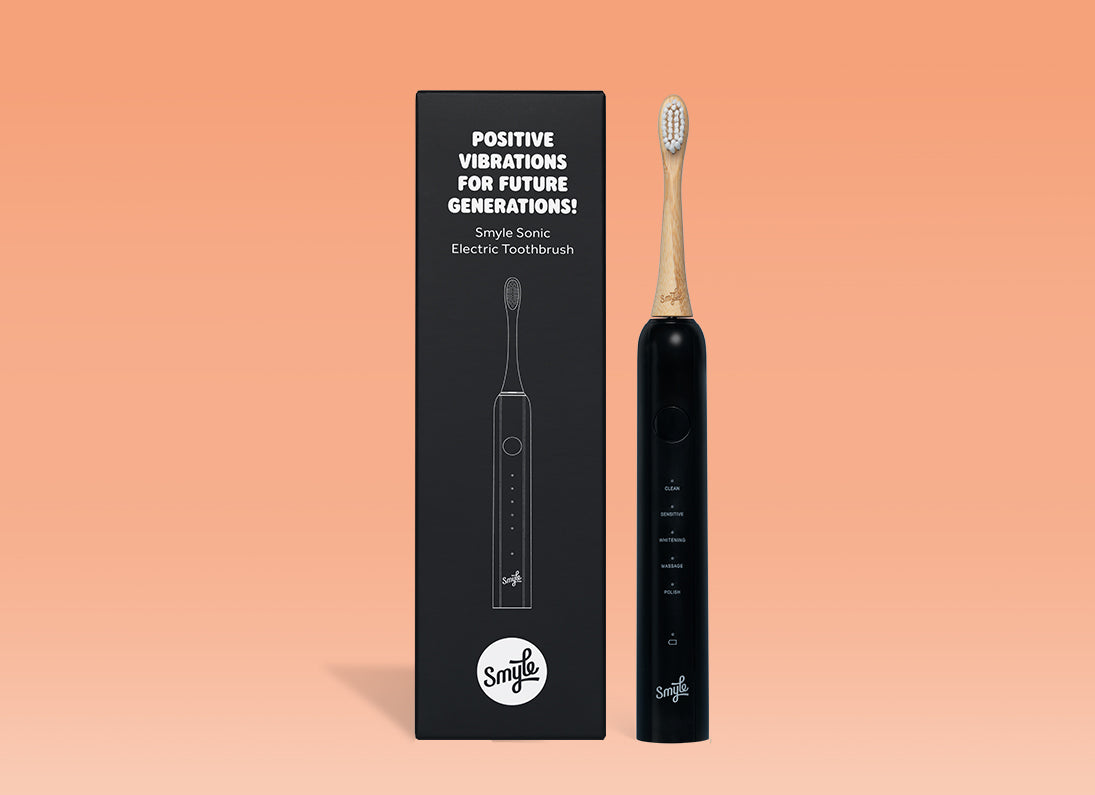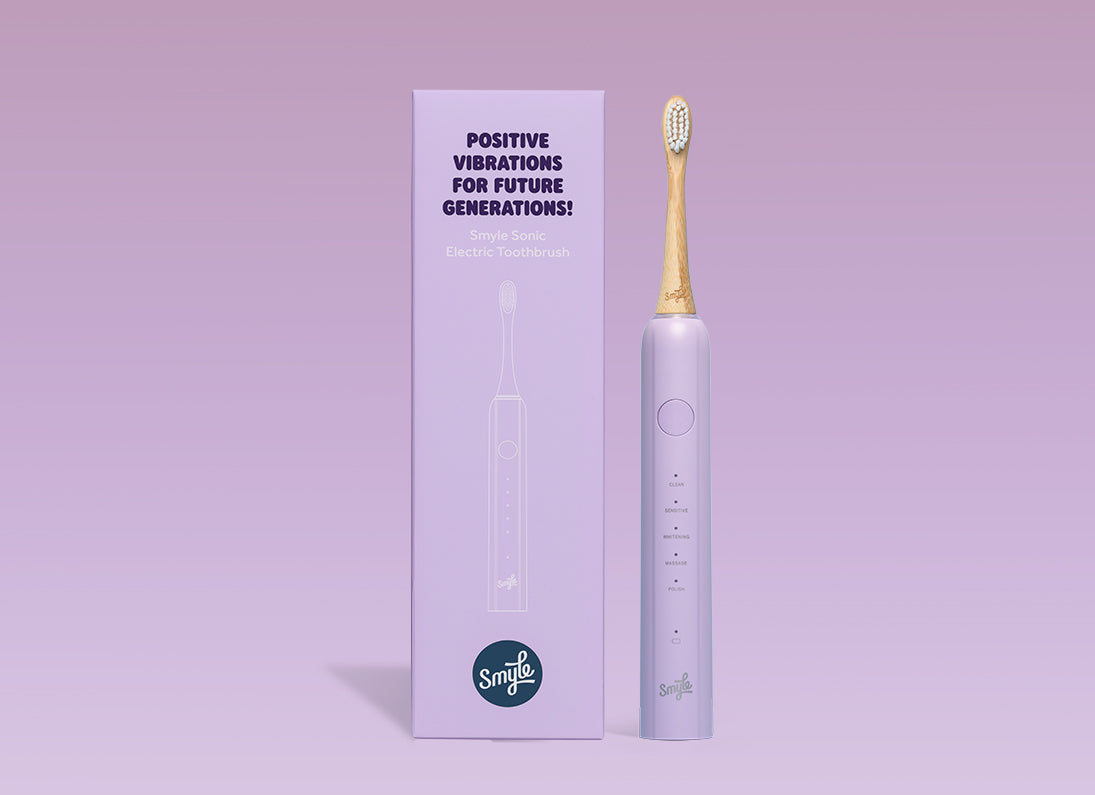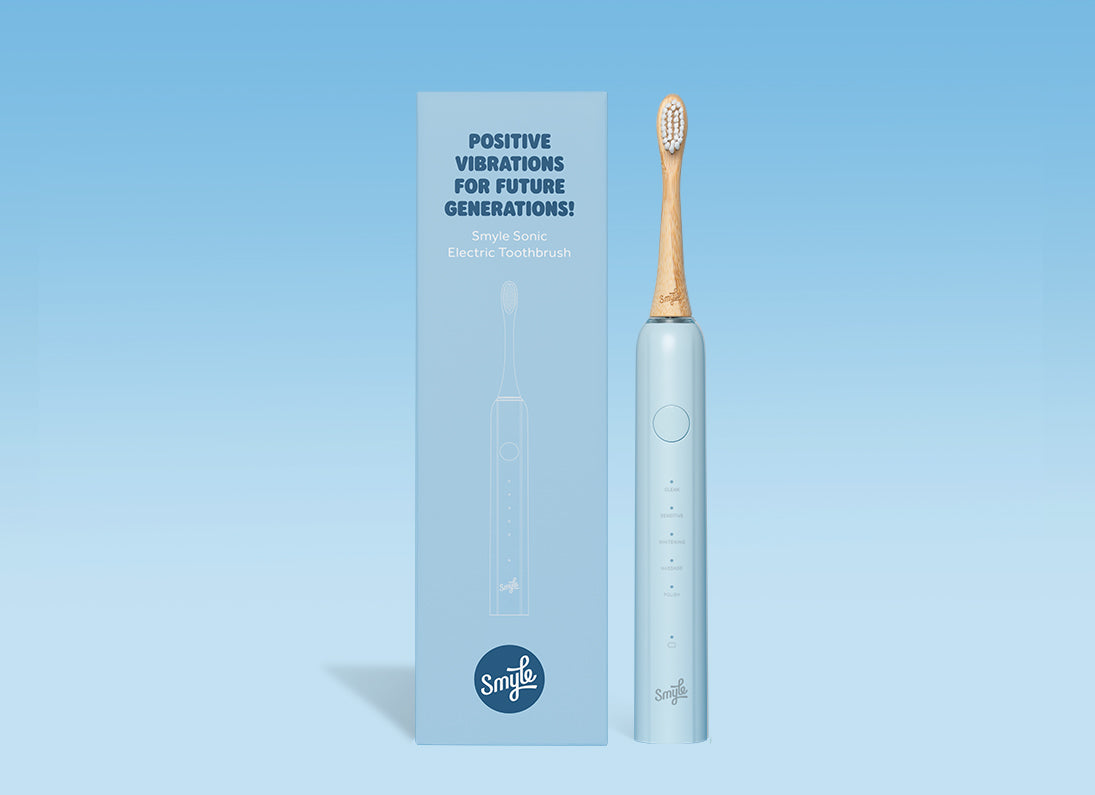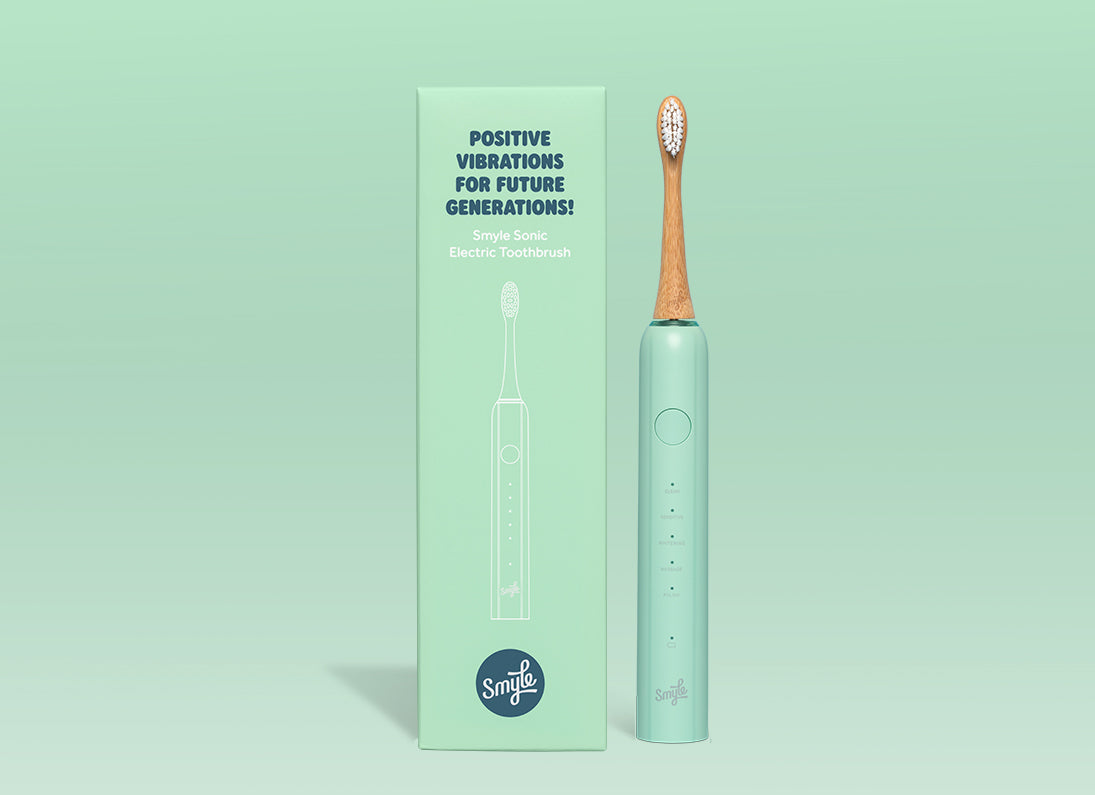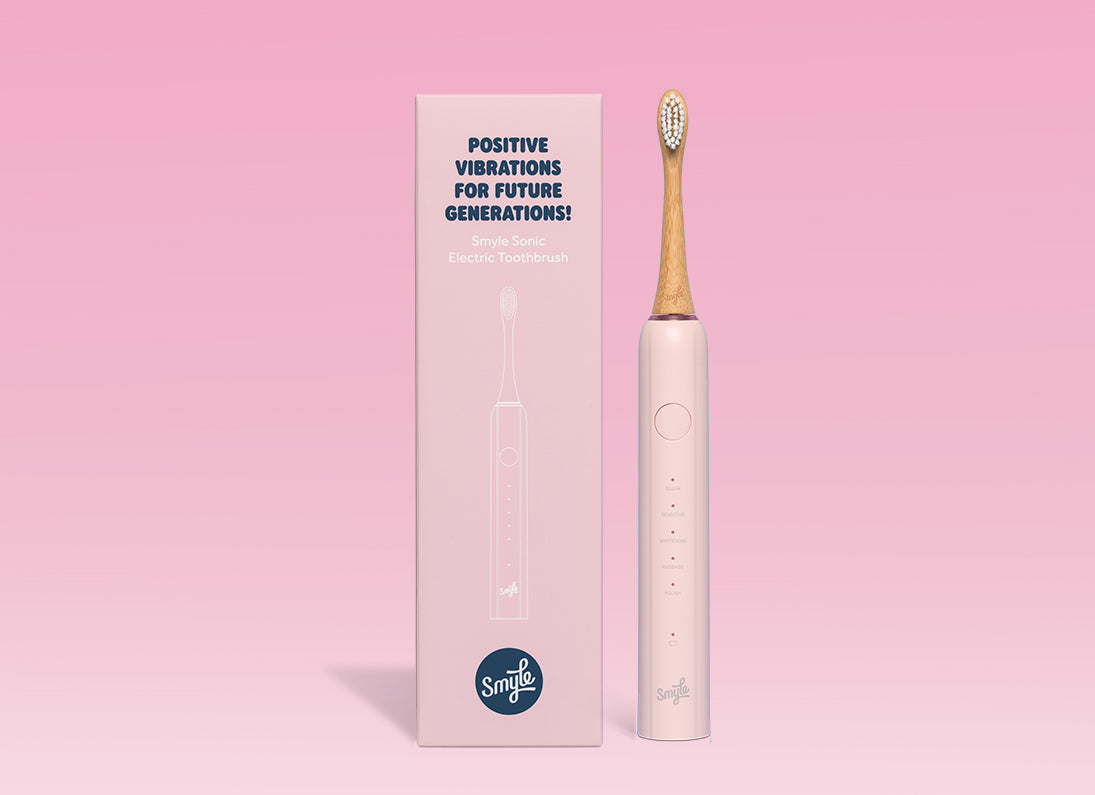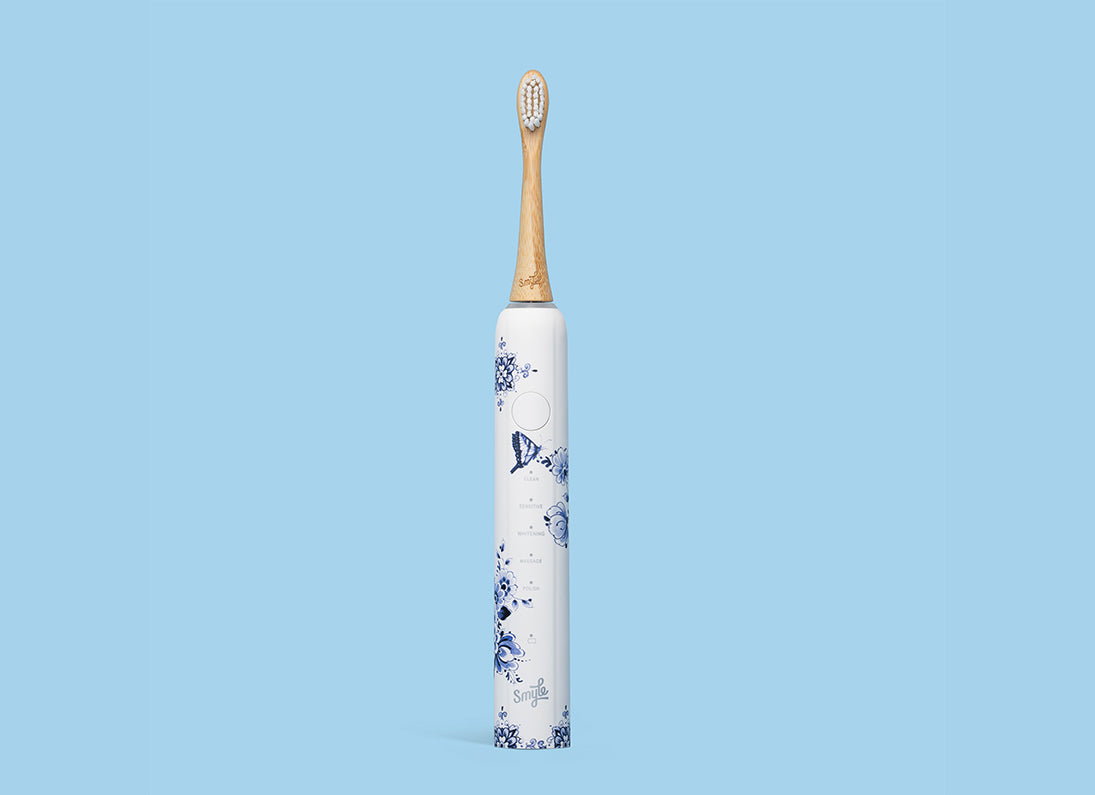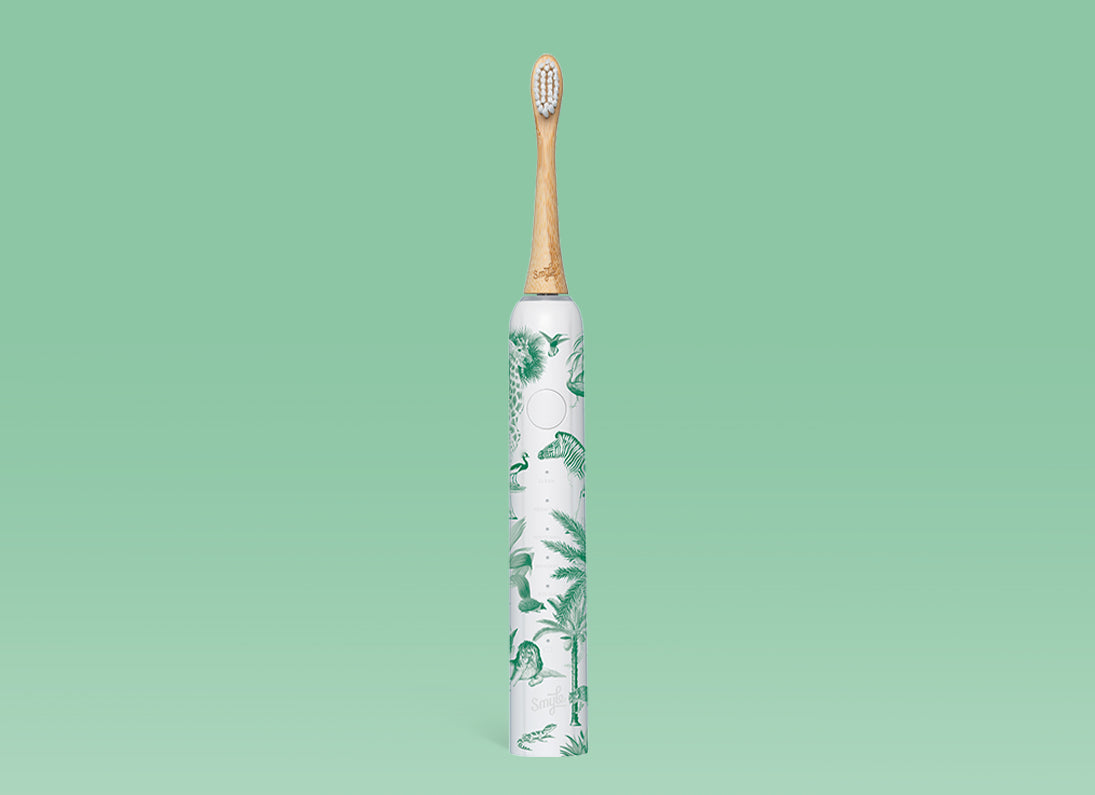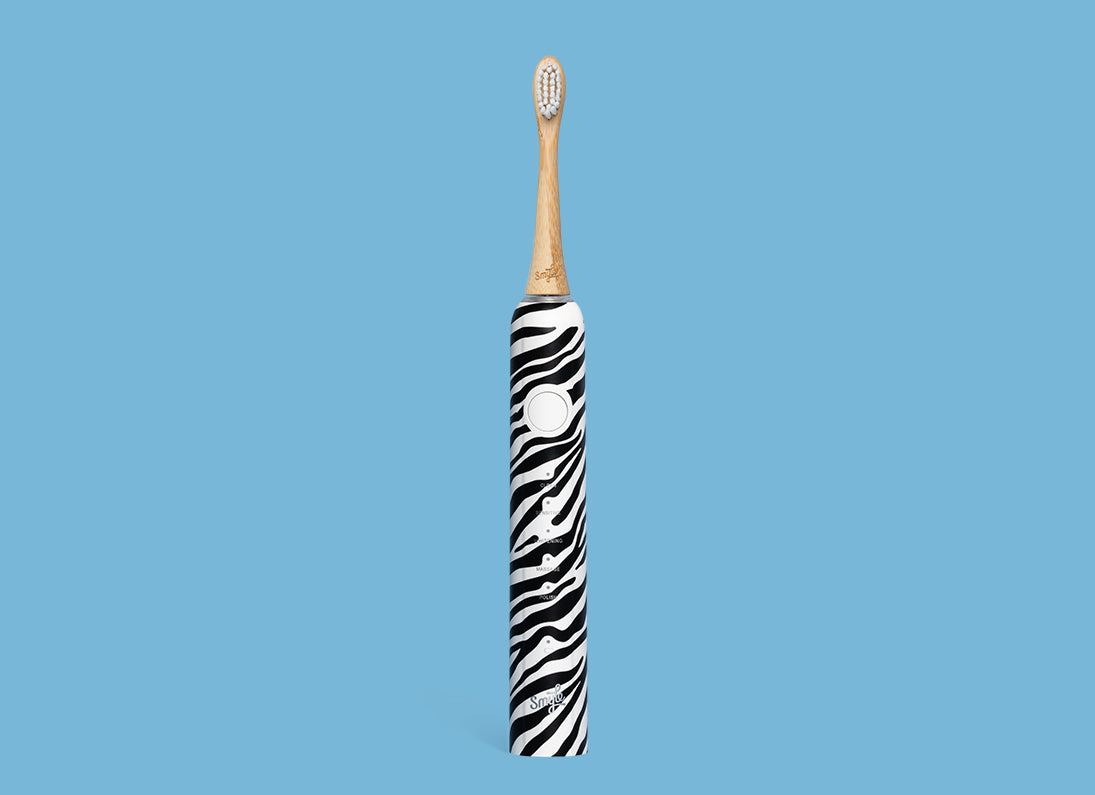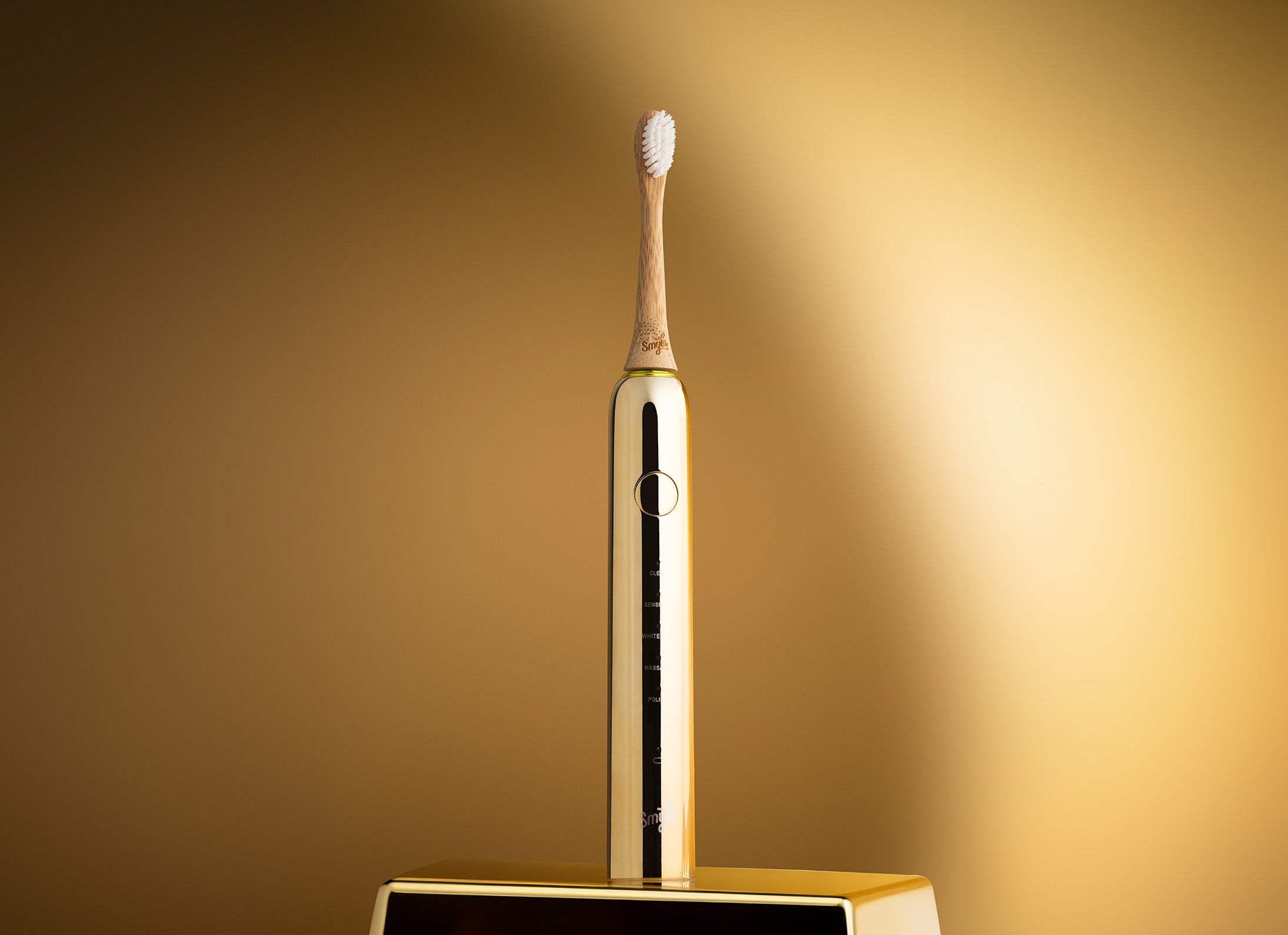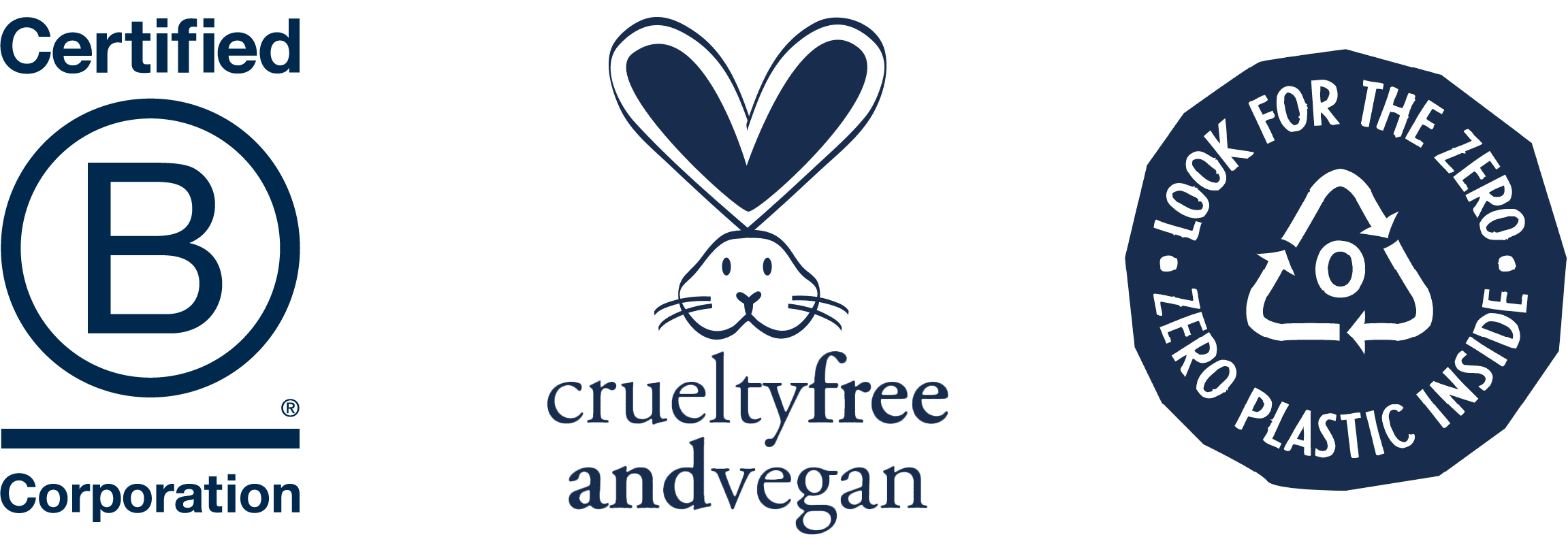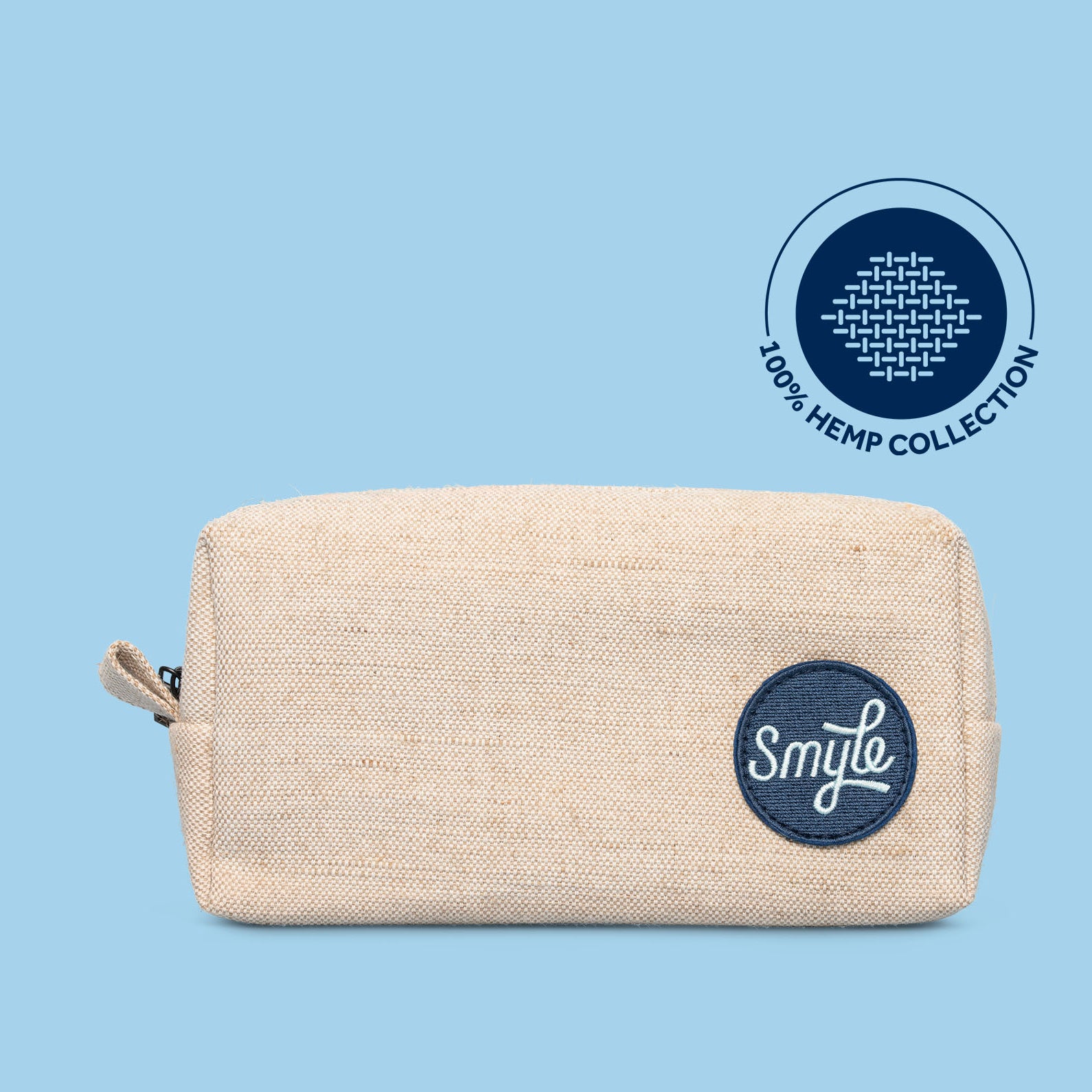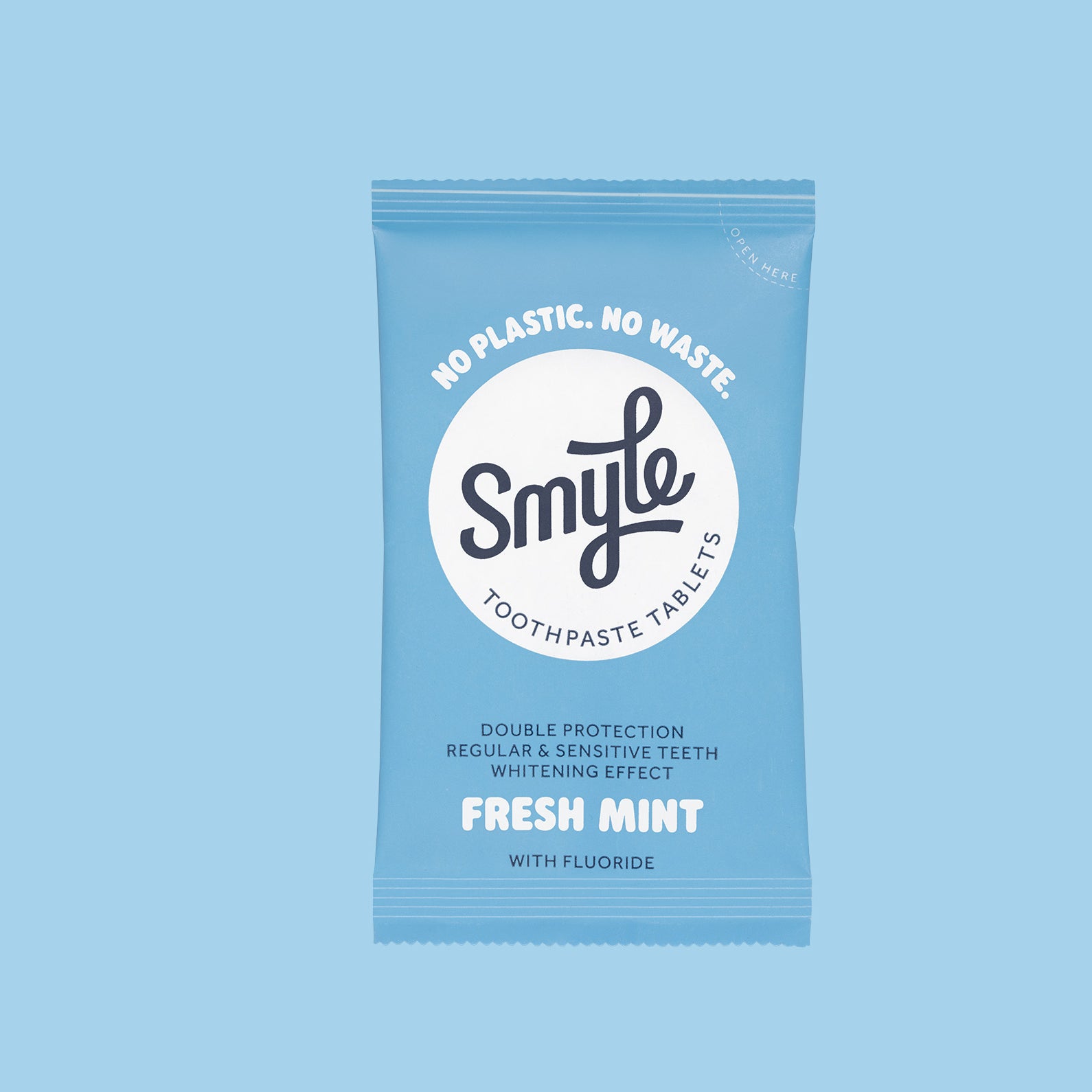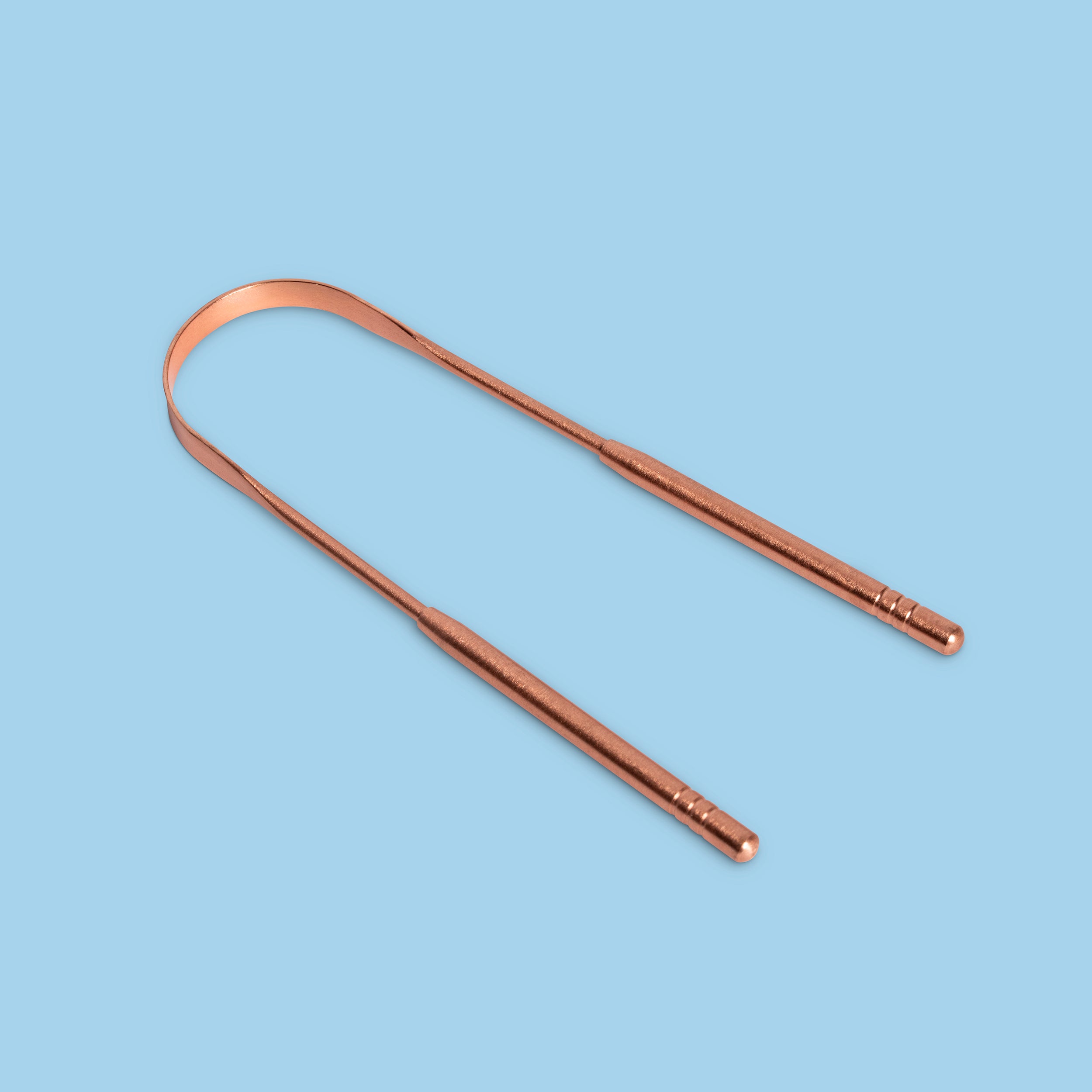
The term “microplastics” probably sounds familiar—especially since it’s been making headlines recently. Researchers from Vrije Universiteit Amsterdam made history when they discovered microplastics in human blood for the first time. And not just in a few cases—they found it in 80% of the test subjects. Pretty scary, right? No wonder the news went viral. But what exactly are microplastics, what was the study about, and how does all this relate to microplastics in toothpaste? At Smyle, we believe it’s important to answer these questions—because this affects all of us.
Definition
Microplastics are plastic particles smaller than 5 mm—often so tiny you can’t even see them. They’re not biodegradable and instead break down into even smaller and smaller fragments over time. That’s where the name comes from. And unfortunately, these particles are now found everywhere. They come from cosmetic products, clothing, and various other items, making their way into rivers, oceans, our food, and even our bodies. Insane, right?
There are two types: primary and secondary microplastics.
Primary microplastics are intentionally added to products like cosmetics, dishwashing liquids, and cleaning agents to serve a specific function.
Secondary microplastics result from the breakdown of materials like car tires and synthetic fabrics such as nylon and polyester.
But the biggest culprit by far is still plastic waste. Packaging, bags, bottles—you name it. When these end up in the environment, they break down into smaller and smaller fragments until they become microplastics.
Microplastics Found in Human Blood
After the scientific journal Environmental International published the VU Amsterdam study, other media platforms quickly followed suit. While researchers still can’t fully explain the impact and long-term harm, they are deeply concerned about the potential effects. The study shows that microplastics not only travel through the body but also end up settling in organs. Half of the blood samples contained PET plastic, commonly used for drink bottles. A third contained remnants of food packaging, mostly polystyrene. And a quarter consisted of plastics typically used to make bags—polyethylene.
Cosmetic Products
Unfortunately, these aren't the only sources of microplastics. A shocking 87% of cosmetic products—like hair gel, makeup, deodorant, and face creams—contain microplastics. And that’s not even counting the packaging. Since the 1960s, plastics have been deliberately added to these products. There’s even a neat-sounding term for them: microbeads. These help bind ingredients, dilute, cleanse, or create foam. From scrubs to toothpaste—many of them are full of microplastics.
When you use a product like this, the microbeads end up in the water system. The particles are so tiny that they pass straight through water purification systems and pollute our groundwater, rivers, and eventually the ocean.
Food and Drinking Water
As a result, these tiny, harmful particles also end up in our food and drinking water. Microplastics have already been found in beer, honey, tap water, tea bags, and seafood. The exact level of harm is still under investigation. But again, scientists are sounding the alarm about the future. Plastic barely decomposes, and new plastic is being produced every single day. This is damaging not only to the environment but also to humans and animals. Fortunately, more and more plastic-free alternatives are becoming available. In fact, microplastics were one of the main reasons we started Smyle! Want to know what’s in your cosmetics? Download the free Beat the Microbead app. Want to be 100% sure your brushing routine is microplastic-free? Then choose Smyle!

